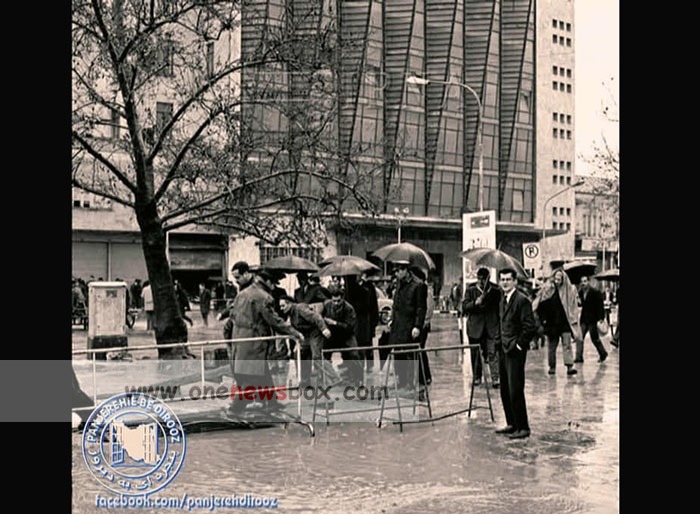A Turning Point for Tehran’s Urban Development
The January 10, 1968 flood marked a turning point in Tehran’s approach to urban development and disaster management. The scale of the flooding revealed the city’s vulnerabilities, prompting urban planners to reassess how Tehran was growing. Over the following decades, the city made significant investments in improving its infrastructure to handle heavy rains and mitigate the risks posed by natural disasters. New drainage systems, flood barriers, and more resilient building designs became central to Tehran’s modernization efforts.
This flood was also a reminder of the importance of preparedness. While Tehran’s population and infrastructure continued to grow rapidly, the lessons learned from the events of January 10, 1968, guided future planning to ensure the city’s resilience in the face of natural disasters.
Conclusion
Fifty-six years ago, on January 10, 1968, Tehran was struck by a devastating flood that left lasting impacts on the city. The heavy rainfall caused flooding and landslides near the Finance Palace, Sur-e-Srafil, the National Bank (Nasser Khosrow Branch), and the Darupakhsh Pharmaceutical Company. The event highlighted the vulnerabilities of Tehran’s infrastructure and urban planning at a time of rapid growth. The damage to physical infrastructure, the disruption of economic activities, and the halt in production at key businesses were significant, but the city’s response and recovery laid the groundwork for future urban resilience.
The lessons learned from that flood continue to shape Tehran’s approach to urban planning and disaster preparedness, ensuring that the city is better equipped to deal with the challenges posed by extreme weather events in the years to come.

